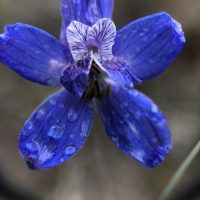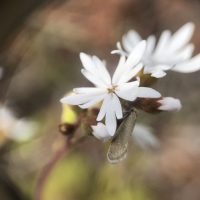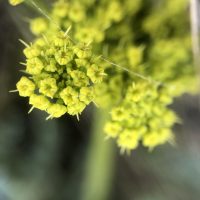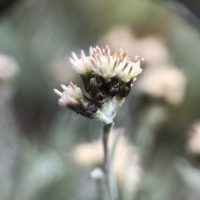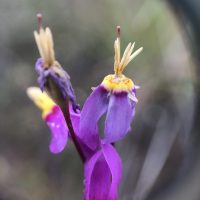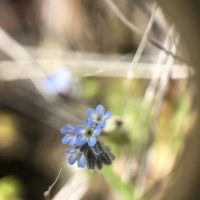Exploring Marcellus Shrub Steppe Natural Area Preserve
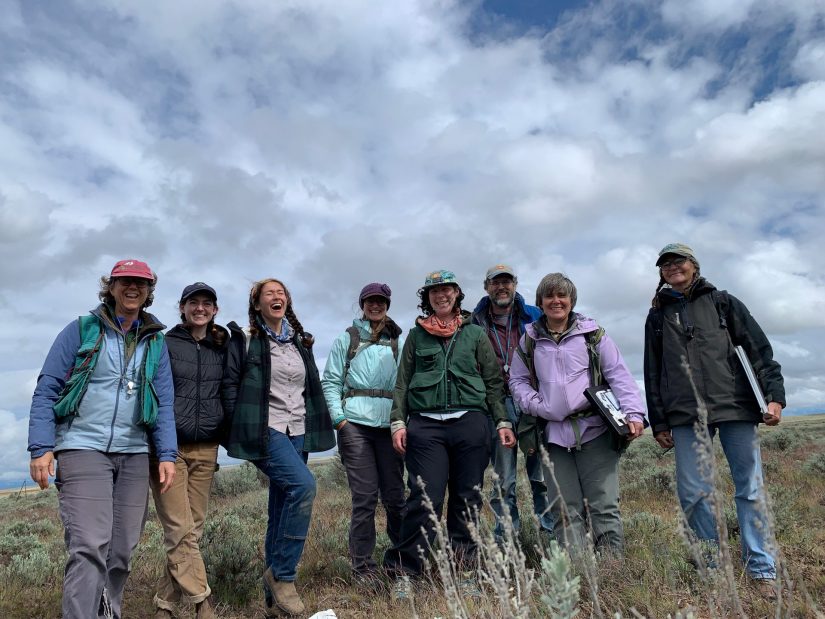
At the beginning of May, Rare Care staff and volunteers along with Department of Natural Resources (DNR) staff completed the first of two botanical surveys of the Marcellus Shrub Steppe Natural Area Preserve. The goals of this visit were to know what plants are there and re-find any previously documented rare plants. We also wanted to fill in knowledge gaps for shrub steppe species distribution and abundance that may contribute to designating a species for conservation status.
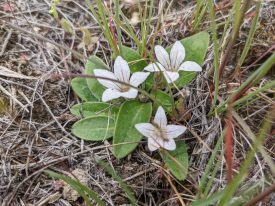
Marcellus Shrub Steppe Natural Area Preserve is a 386-acre preserve that is surrounded by agriculture fields in Adams County, Washington. The preserve protects native shrub-grasslands that were once widespread in the Columbia Basin. The big sagebrush/Idaho fescue plant community provides habitat for many bird and wildlife species such as sage thrashers and grasshopper sparrows. Some years there are vernal pools (seasonally wet depressions that dry up in the summer) which support an unusual assemblage of plants and animals.
Before heading out, Rare Plant Botanist, Walt Fertig, advised all participants to keep their eyes peeled for American pillwort (Pilularia americana) and diffuse navarretia (Navarretia leucocephala ssp. diffusa) which both have been seen previously at this site. Finding them was a high priority for this survey because both species are considered Threated in Washington State. Walt described American pillwort as the strangest of them all – a fern with grass-like, coiled leaves (kind of looks like a short onion) and spore-bearing bodies at ground level or below. Diffuse navarretia is a many-branched, bushy, annual herb up to 13cm tall. It flowers in May to July. Both species require you to keep your nose to the ground if you want any chance of finding them. Despite our belly crawling we did not see either plant on this first visit.
To accomplish our other goal of documenting shrub steppe species we focused on updating the species list for this preserve. We started with a species list that was first created in the 1980s that identified 170 plant species at the site. To update the list, you need great familiarity with the plant species of the shrub steppe and be practiced with keying out unknowns with the Flora of the Pacific Northwest (Hitchcock & Cronquist). For species that were not already on the list, we took herbarium samples to add to the WTU Herbarium at the University of Washington. This helps with our goal of filling in knowledge gaps for these species, since it gets added as another confirmed occurrence in the state.
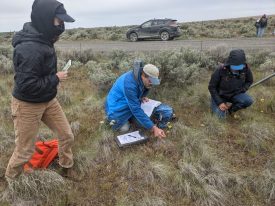
We split into two groups with at least one person with previous experience identifying plants in this ecosystem. There was a really great exchange of knowledge and skills between the veteran botanists and the folks just starting out. For example, Rare Care volunteer, Skye Pellicia taught our small group how to take macro photos with your hand lens pressed to the camera lens of our smart phones, while Walt Fertig helped everyone learn the diagnostic features of many species.
All in all it was fun day with lots of learning experiences. We confirmed the presence of almost 60 species that were on the existing list. The vernal pools were visible only as depressions on the landscape and didn’t have any standing water during our visit. Under these conditions, we were not surprised that the American pillwort and diffuse navarrentia alluded us! For our next visit at the end of June, we’re curious to see if the recent rain and cool weather provided enough moisture for the vernal pools to form and for some of the strange vernal plants to appear. We will also look for plants that weren’t yet in bloom such as sagebrush mariposa lily (Calochortus macrocarpus) and bitterroot (Lewisia rediviva).
Skye Pellicia’s photos through her hand lens. Click the individual photos to zoom in and then use the left and right arrows to scroll through all the photos.
- upland larkspur (Delphinium nuttallianum)
- prairie star flower (Lithophragma sp.)
- large-fruited biscuit root (Lomatium macrocarpum)
- Antennaria sp.
- Bonneville shooting star (Dodecatheon conjugens)
- blue scorpion grass (Myosotis stricta)
